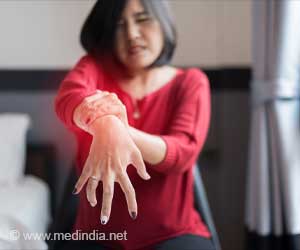New researches have shown that pain is directly influenced by an individual’s SES. The low socioeconomic status is related with poor economic condition, lack of proper education, improper sanitation and lack of occupation.
Low socio-economic status is also directly linked to greater morbidity and mortality in a variety of diseases.Socio-economic inequalities are also seen to affect occurrence of chronic pain among women. However, little is known regarding the impact of Socio-Eeconomic Status (SES) among women with chronic pain.
So, Norwegian researchers, Toril Rannestad and Finn Egil Skjeldestad conducted a study ‘to explore the relationship between socioeconomic conditions and the number of pain sites (NPS) in women’.
They examined the prevalence of pain, its general sites, and its characteristics in a randomized sample of female population. The study was conducted on 653 women, 493 were randomly selected while 160 were gynecological cancer survivors. The women were aged between 18 years to 64 years.
The relationship between pain and other socio-economic factors were scrutinized. Questionnaire with questions pertaining to pain sites, nature of pain, etc. were given to the women.
The demographic data was collected for 12 months that included socioeconomic index consisting of ability to pay off bills, occupation, education, status of employment and relationship with friends.
The results showed that:
• The two important risk factors related to occurrence of pain are financial strain and occupational status.
• The highest number of pain sites was among women below 60 years of age.
• There was only a weak association between NPS and overweight.
• Smoking and being gynecological survivor was not associated with NPS at all.
• Educational status is associated with decreased pain coping ability. The depressive symptoms are like a mediator of the inter-relationship between SES and pain in women.
The researchers concluded that steps should be taken to improve the socio-economic status of women living under deprived conditions. By improvising their working environment, their pain problems can be significantly reduced.
Reference: Socioeconomic conditions and number of pain sites in women; Finn Skjeldestad et al; BMC Women’s Health 2012
Source-Medindia









